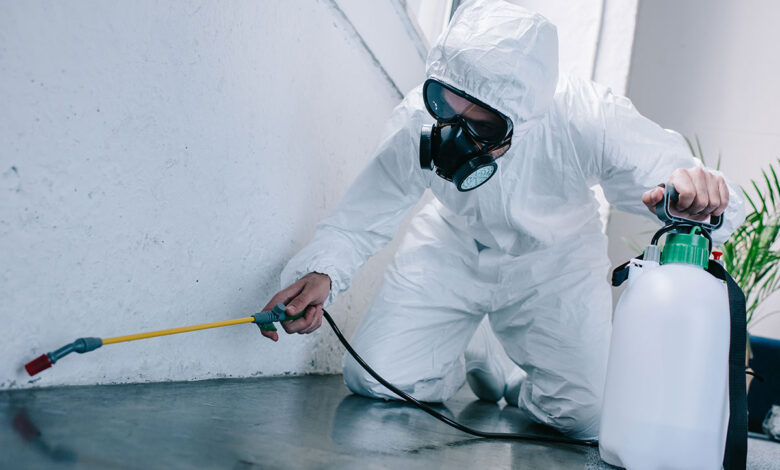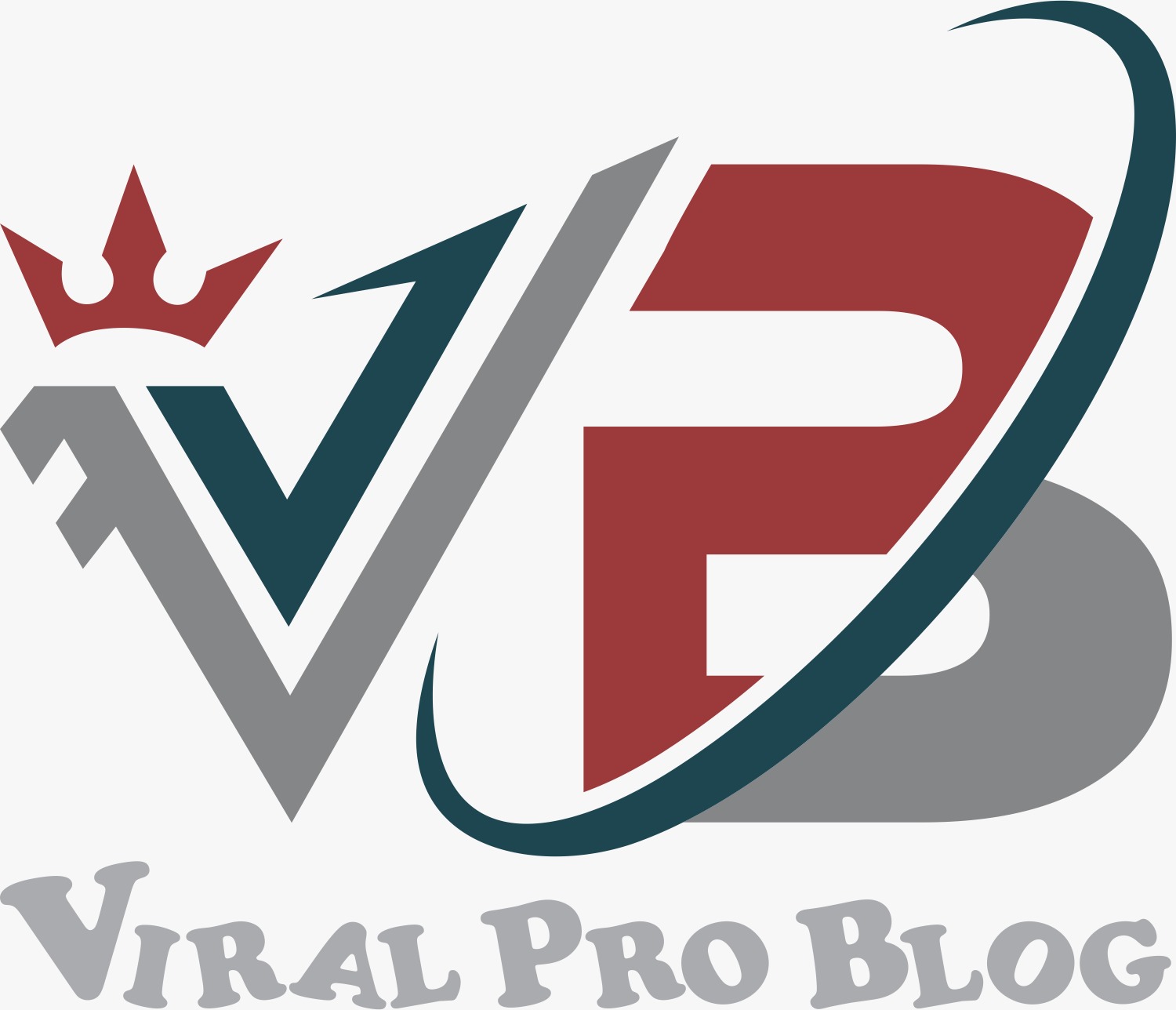Pest Control: A Comprehensive Guide for the General Public

Pests can turn your home from a sanctuary into a battleground. From ants in the kitchen to mice in the attic, these unwelcome guests can cause damage and spread disease. But fear not! With the right knowledge and strategies, you can effectively manage and prevent pest infestations. This guide will provide you with all the essential information on pest control.
Table of Contents
| Sr# | Headings |
|---|---|
| 1 | Introduction |
| 2 | Common Household Pests |
| 3 | How to Identify Pests |
| 4 | Signs of Pest Infestation |
| 5 | Prevention Tips |
| 6 | DIY Pest Control Methods |
| 7 | Chemical Treatments |
| 8 | Professional Pest Control |
| 9 | Non-Chemical Methods |
| 10 | Monitoring After Treatment |
| 11 | Long-term Prevention Strategies |
| 12 | Handling Pests During Home Renovations |
| 13 | Pest Control Myths |
| 14 | Conclusion |
| 15 | FAQs |
Introduction
Have you ever opened a cabinet to find ants swarming over your food, or heard the telltale scratching of rodents in the walls? Pests are more than just a nuisance—they can damage your home and pose health risks. In this guide, we’ll explore effective pest control strategies to help you keep your home pest-free.
Common Household Pests
There are many types of pests that can invade your home. Some of the most common include:
- Ants: These tiny insects can infiltrate your home in search of food and water. Common types include carpenter ants, which can damage wood structures, and sugar ants, which are attracted to sweets.
- Cockroaches: Known for their resilience, cockroaches can spread diseases and trigger allergies.
- Rodents: Mice and rats can cause structural damage, contaminate food, and spread diseases.
- Termites: These wood-eating insects can cause significant structural damage to your home.
- Bed Bugs: These small, nocturnal pests feed on human blood and can cause itchy bites.
- Spiders: While most spiders are harmless, some, like the black widow and brown recluse, can be dangerous.
How to Identify Pests
Identifying pests is the first step in effective pest control. Here are some key features to look for:
- Ants: Look for trails of ants, particularly around food sources. Carpenter ants may leave small piles of sawdust.
- Cockroaches: These insects are usually seen at night. Look for droppings, egg cases, and a musty odor.
- Rodents: Signs of rodents include droppings, gnaw marks, and nesting materials like shredded paper.
- Termites: Look for mud tubes, discarded wings, and wood that sounds hollow when tapped.
- Bed Bugs: Check for tiny, rust-colored stains on bedding and small, red bites on your skin.
- Spiders: Look for webs, egg sacs, and the spiders themselves, particularly in dark, undisturbed areas.
Signs of Pest Infestation
Recognizing the signs of an infestation can help you address the problem early. Here are some indicators:
- Droppings: Many pests leave droppings behind, which can help identify the type of pest.
- Damage: Look for chewed wires, gnawed furniture, and damaged food packaging.
- Nests: Rodents and some insects create nests from materials like paper, leaves, and fabric.
- Odors: Pests like cockroaches and rodents can produce strong, unpleasant odors.
- Noise: Listen for scratching, scurrying, or squeaking sounds, especially at night.
Prevention Tips
Preventing pests is easier than dealing with an infestation. Here are some tips to keep pests out of your home:
- Seal Entry Points: Close gaps around doors, windows, and foundations to prevent pests from entering.
- Maintain Cleanliness: Keep your home clean and free of food debris. Store food in airtight containers.
- Proper Waste Management: Dispose of garbage regularly and use sealed trash cans.
- Remove Standing Water: Fix leaks and eliminate standing water, which can attract pests like mosquitoes and cockroaches.
- Yard Maintenance: Keep your yard tidy by trimming vegetation and removing debris where pests can hide.
DIY Pest Control Methods
If you have a minor pest problem, there are several DIY methods you can try:
- Ant Baits: Place ant baits near trails to attract and poison the colony.
- Cockroach Traps: Use sticky traps to catch and monitor cockroach activity.
- Rodent Traps: Snap traps and live traps can effectively capture mice and rats.
- Natural Repellents: Use essential oils like peppermint, eucalyptus, and tea tree oil to repel pests.
- Diatomaceous Earth: This natural powder can be used to kill insects by dehydrating them.
Chemical Treatments
Chemical treatments can be effective for more severe infestations:
- Insecticides: Use sprays, dusts, and baits designed to target specific pests. Follow the instructions carefully to ensure safety and effectiveness.
- Rodenticides: These poisons can be used to control rodent populations. Use with caution, especially if you have pets or children.
- Fumigation: For severe infestations, fumigation can be used to eliminate pests from the entire structure. This should be done by professionals.
Professional Pest Control
For persistent or severe infestations, professional pest control services may be necessary. Here’s what to expect:
- Inspection: A professional will inspect your home to identify the type and extent of the infestation.
- Treatment Plan: Based on the inspection, a customized treatment plan will be developed. This may include chemical treatments, traps, and exclusion techniques.
- Follow-Up: Professionals typically provide follow-up visits to ensure the pests are eradicated and to monitor for any new activity.
Non-Chemical Methods
If you prefer to avoid chemicals, there are non-chemical methods available:
- Heat Treatment: Professionals can use heat to kill pests like bed bugs and termites.
- Cold Treatment: Similar to heat treatment, cold treatment involves lowering the temperature to eliminate pests.
- Biological Control: Introducing natural predators, such as ladybugs for aphids, can help control pest populations.
Monitoring After Treatment
After treatment, it’s essential to monitor your home to ensure the pests are gone:
- Regular Inspections: Schedule regular inspections to check for signs of pest activity.
- Pest Monitors: Place pest monitors around your home to detect any new activity.
- Maintain Barriers: Ensure that any chemical barriers or traps are maintained and replenished as needed.
Long-term Prevention Strategies
To prevent future infestations, consider these long-term strategies:
- Maintain Cleanliness: Keep your home and yard clean to reduce attractants.
- Regular Maintenance: Fix leaks, seal cracks, and repair damaged screens to keep pests out.
- Pest-Resistant Materials: Use pest-resistant building materials and landscaping techniques to deter pests.
Handling Pests During Home Renovations
Renovations can disrupt pest habitats and spread infestations. Here’s how to handle it:
- Inspect Before Renovating: Have a professional inspect your home for pests before starting any renovations.
- Treat Infested Areas: If pests are found, treat the infested areas before continuing with renovations.
- Use Pest-Resistant Materials: Use materials that deter pests during your renovation projects.
Pest Control Myths
There are many myths about pest control. Here are a few debunked:
- Myth: Clean Homes Don’t Get Pests: Pests can invade any home, regardless of cleanliness.
- Myth: DIY Methods Are Always Effective: While DIY methods can help, professional treatment is often necessary for severe infestations.
- Myth: Pests Will Go Away on Their Own: Most pests will not leave on their own and will require intervention.
Conclusion
Dealing with pests can be stressful, but with the right knowledge and approach, you can protect your home. Whether you choose DIY methods, chemical treatments, or professional help, the key is to act quickly and thoroughly. Remember, prevention is always better than cure, so keep your home clean, seal entry points, and stay vigilant.
FAQs
1. How can I tell if I have a pest infestation?
Look for signs like droppings, damage to food packaging, and nests. Hearing noises or smelling odors can also indicate pests.
2. Are pests dangerous to humans?
Some pests, like rodents and cockroaches, can spread diseases. Others, like termites, can cause structural damage to your home.
3. Can I get rid of pests on my own?
DIY methods can help, but for severe infestations, professional pest control is recommended.





